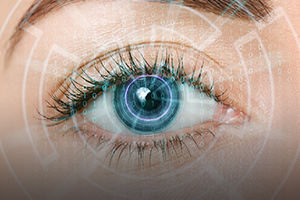Look Into My Eyes

In another application of machine learning, an algorithm has been developed that can assess cardiovascular (CV) risk by analyzing retinal scans. The method is based on the fact that the plethora of blood vessels at the back of the eye (known as the fundus) can provide information related to blood pressure, age, and smoking history – all of which are predictors of CV health.
The algorithm was “trained” on a database of almost 300,000 patients, which included eye scans as well as general medical data. In limited testing, upon analyzing data from patients with and without a history of CV disease, it was shown to correctly identify those at high risk about 70 percent of the time. In comparison, the commonly used SCORE method is successful about 72 percent of the time.
An important aspect of this research is that it illustrates how artificial intelligence (AI) can be used to analyze existing medical data. Instead of simply replicating existing diagnostic tools, AI could become a paradigm for scientific discovery by cross-referencing huge volumes of information. Although longitudinal studies (like Google’s Project Baseline) are already underway for developing an exhaustive database to study the gamut of medical diagnoses, it will take years (possibly decades) for tools such as this to become mainstream.
For information: Verily Life Sciences LLC (formerly Google Life Sciences); website: https://verily.com/